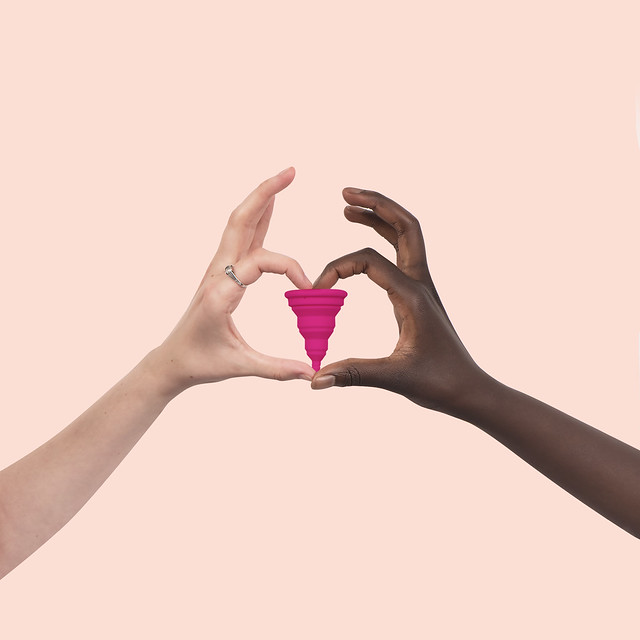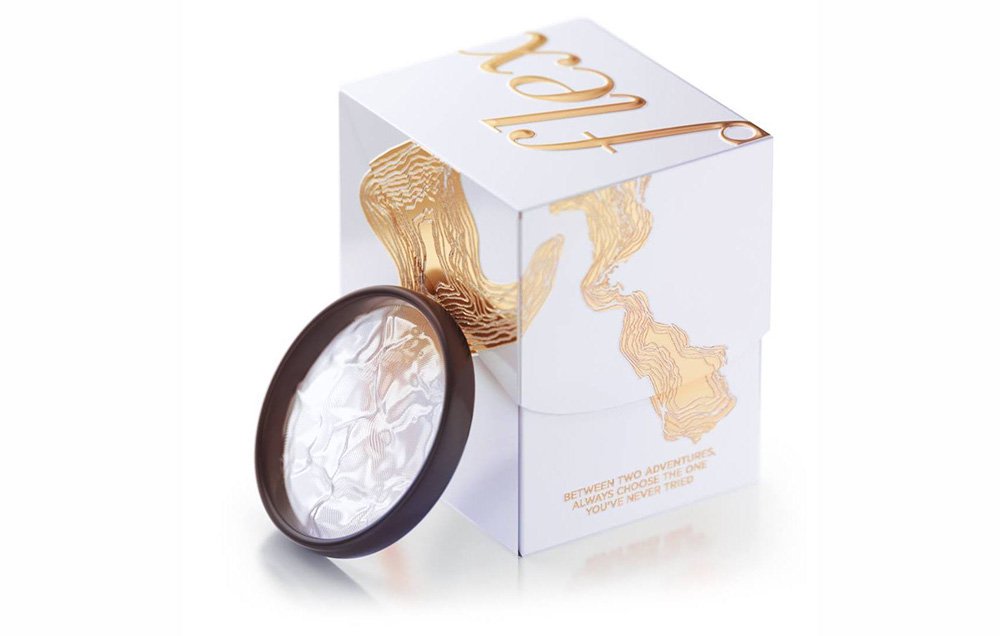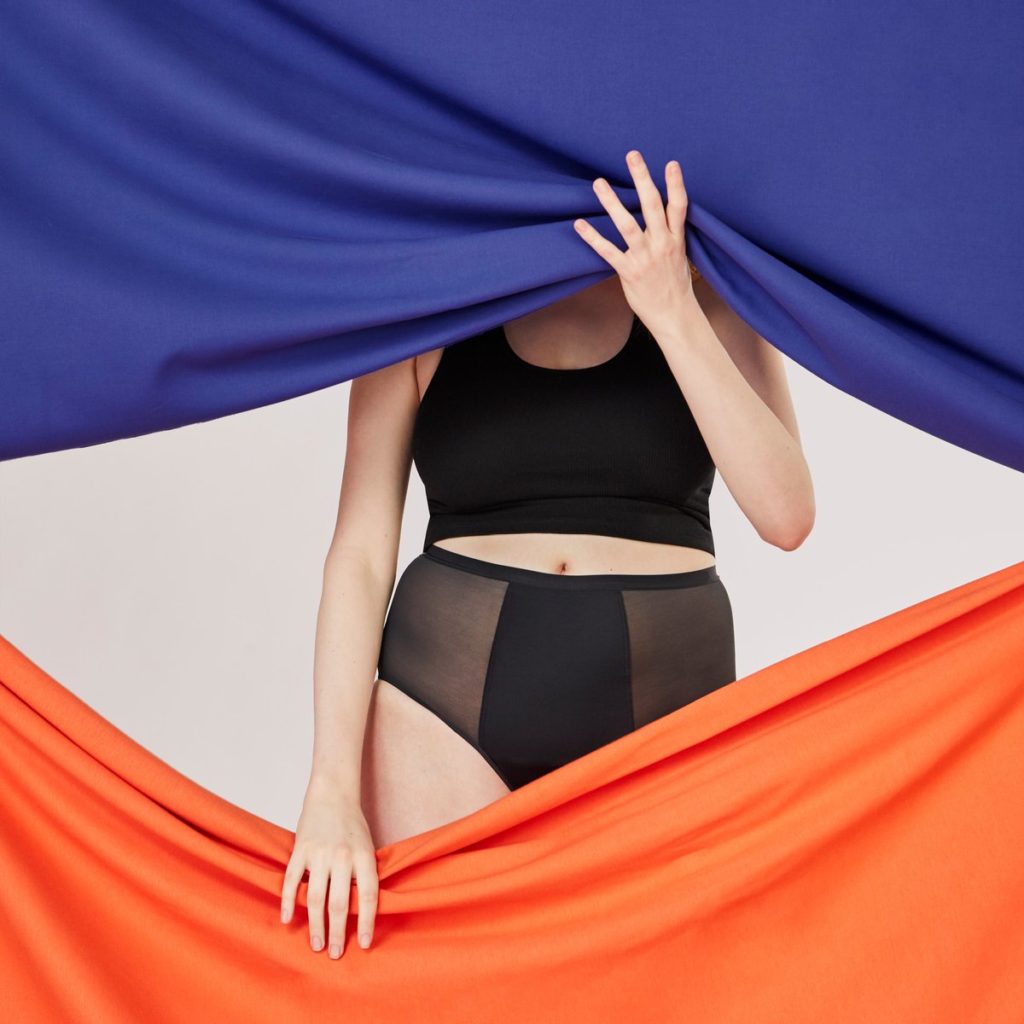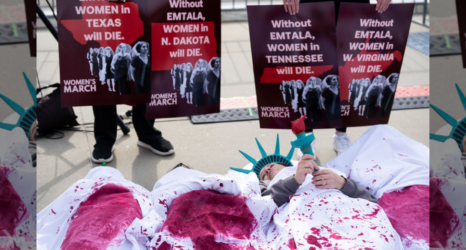The #PeriodsOptional movement can be a viable and medically safe option for some. But others who menstruate simply do not have the ability to suppress their periods—or prefer not to—due to economic, personal or medical reasons.
Regardless, periods can be costly and uncomfortable burdens. For some, pads feel like diapers, tampons are uncomfortable and leaking feels inevitable. On top of that, menstruating individuals in resource-lacking or war-torn countries are particularly burdened by the cost and lack of menstrual hygiene products, as well as by culturally rooted social norms and taboos that exclude them from day-to-day activities like work and education.
Fortunately, conventional pads and tampons are just one of many options for dealing with periods—and other options can be more affordable, comfortable and sanitary. Knowing and having access to all the possibilities for dealing with periods is a matter of comfort and improved sanitation for some and for others, according to the World Bank, is a means for achieving body integrity and increased opportunity.
Menstruating individuals deserve choices—so let’s unpack them!
*
Here are some options to try if you hate feeling your body bleed—
The Menstrual Cup: Eco-Friendly and Cost-Efficient

The menstrual cup makes some squirm with discomfort, but before striking it from the “must try” list, it’s important to look at the benefits. This eco-friendly option has become more popular in recent years and is both more affordable and sanitary than pads and tampons.
A menstrual cup is simply a silicone or rubber flexible cone that is inserted into the vagina to collect period blood. Unlike tampons, the menstrual cup does not absorb all vaginal fluids, which means that important bacteria and the delicate pH stays right where it should be. The menstrual cup is a long-term investment—it needs only to be replaced once every 6 months or 10 years (depending on the type of cup) and costs no more than 40 dollars, compared to just a yearly supply of pads or tampons which costs between 60 to 120 dollars per year.
The menstrual cup holds more blood than both pads and tampons, so once inserted, it can stay put for up to twelve hours. Those with a heavy flow shouldn’t feel excluded from this option, either: The cup comes in a variety of shapes and sizes to accommodate different needs from heavier flows to different shapes for physical comfort. In fact, a study found cups to be just as effective at preventing leaks than pads and tampons, and that menstruating individuals even reported less leakage with the cup.
Many rule out this option because it requires more intimate contact with menstrual blood—a taboo dating back thousands of years—but trying out the menstrual cup can be a good way to get better acquainted with your body and its natural functions. Period stigma creates a culture of period-shaming around the world, which can discourage those with vaginas from feeling comfortable with their bodies, and limit access to and knowledge of proper menstrual hygiene practices.
Admittedly, the menstrual cup comes with a learning curve and is a trial-and-error process. But there is plenty of information available about how to use them correctly, as well which versions to buy.
Go Organic!
Like the menstrual cup, organic tampons are on the rise in popularity, and—as is the case for menstrual cups—there are plenty of options.
Organic tampons are 100 percent cotton and are bleached with peroxide instead of chlorine. They are unscented and manufactured without contact with pesticides, making them a viable option for those with sensitive skin. Medically speaking, they are not a necessity: Organic tampons are just as safe as nonorganic. This makes the decision to switch largely a matter of personal and physical comfort.
The health benefits of organic tampons are highly-debated and they are typically 10 to 20 percent expensive than their more mainstream iterations. Yet, for some, the price difference is worth it, as some subscriptions allow for to-your-doorstep monthly delivery and partake in important causes. L. Organic tampons, for instance, allow for both customizable subscriptions, free shipping and for every pad, tampon, or liner ordered, one is made available for women in girls in developing countries.
Investing in Menstrual Discs Can Reduce Cramps

Menstrual discs are among the least-known forms of period protection, with only two manufactures total in the United States: Flex and Softdisc. Yet like the cup, they offer 12 hours of leak-less protection and offer menstruating individuals a number of benefits. The one difference is the disc is not reusable, making it less of an eco- and wallet friendly option.
The menstrual disc sits past the vagina canal toward the cervix, making it possible to have sex for those who are not quite comfortable with the mess. Its design is inclusive to the different shape, sizes and flows of one can have and is even said to reduce cramps during periods.
*
Still others prefer to free bleed with comfort and environmental benefits. Here are the newest technologies and trends in this department—
Embrace Period Panties …

A less popular choice, many are quick to dismiss period panties before considering them. But like the menstrual cup, period panties have the capacity to act as a convenient alternative or back-up.
Period panties can absorb up to four times as much menstrual blood than regular tampons and are completely hygienic, as they use anti-microbial technology to prevent exposure to germs.
Period panties are all about personal comfort and come in different shapes, sizes, fashions and forms—some better suited for heavy flows and some for light flows — all without risk of leaking.
While brands like THINX—whose website provides information and discussions on the panties—are among the most known, plenty of other options ranging in style and affordability are out there for you to explore.
… Or Try Menstrual Cloths as a Cost-Efficient Alternative
Menstrual cloths, otherwise known as reusable pads, offer an eco- and cost-friendly alternative to those comfortable with feeling their body bleed and who appreciate the simplicity of just putting on a pad and going about their day. While users pay more than non-reusable pads upfront, reusables are long-term products making them a viable investment for those who already love using pads, but are interested in spending less money and being more environmentally conscious.
Like other reusable options, menstrual cloths also are beneficial to menstruating individuals in countries with limited access to sanitary products and have the same health risks as regular pads, in that irritation may be caused if worn for too long.
*
With all these options, individuals getting their period have the capacity to embrace a body-positive lifestyle and find the most comfortable and practical options for them. The choice comes down to the person—for some, it’s a simple matter of comfort, but for millions of women, girls and anyone with a uterus in countries with less resources who are forced to turn to affordable yet unsanitary practices, having access to reusable and affordable menstrual products can be life-altering.
It is crucial to support efforts seeking to spread knowledge and menstrual products across the world. Social start-ups such as Freedom Cups, founded by three Singaporean woman, and Pads4Girls have dedicated their work to distributing reusable menstrual cups, cloths and panties to those around in the world in need. According to the UN, as of 2018, Freedom Cups distributed over 3,000 products since its founding in 2015 and embarked on 16 projects in seven countries. On top of that, efforts like The Cup Effect exist to start more conversations in developed and developing nations on menstrual cups.
Fear, taboo and convention lead to a lack of conversation and knowledge in this area. But by embracing and learning about the various other ways to handle periods, period-getters are encouraged to explore their bodies and comfort levels as well as fight back against harmful stigma surrounding bleeding vaginas.





